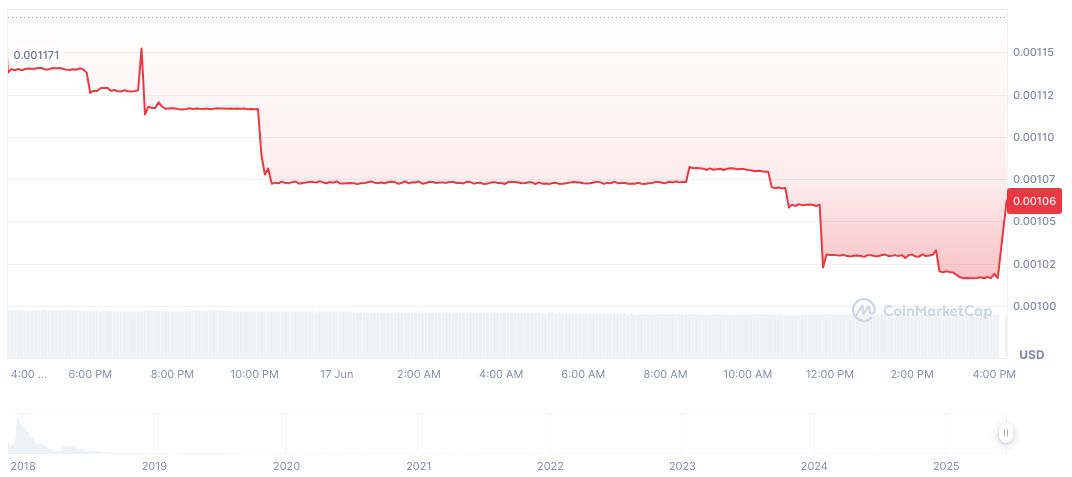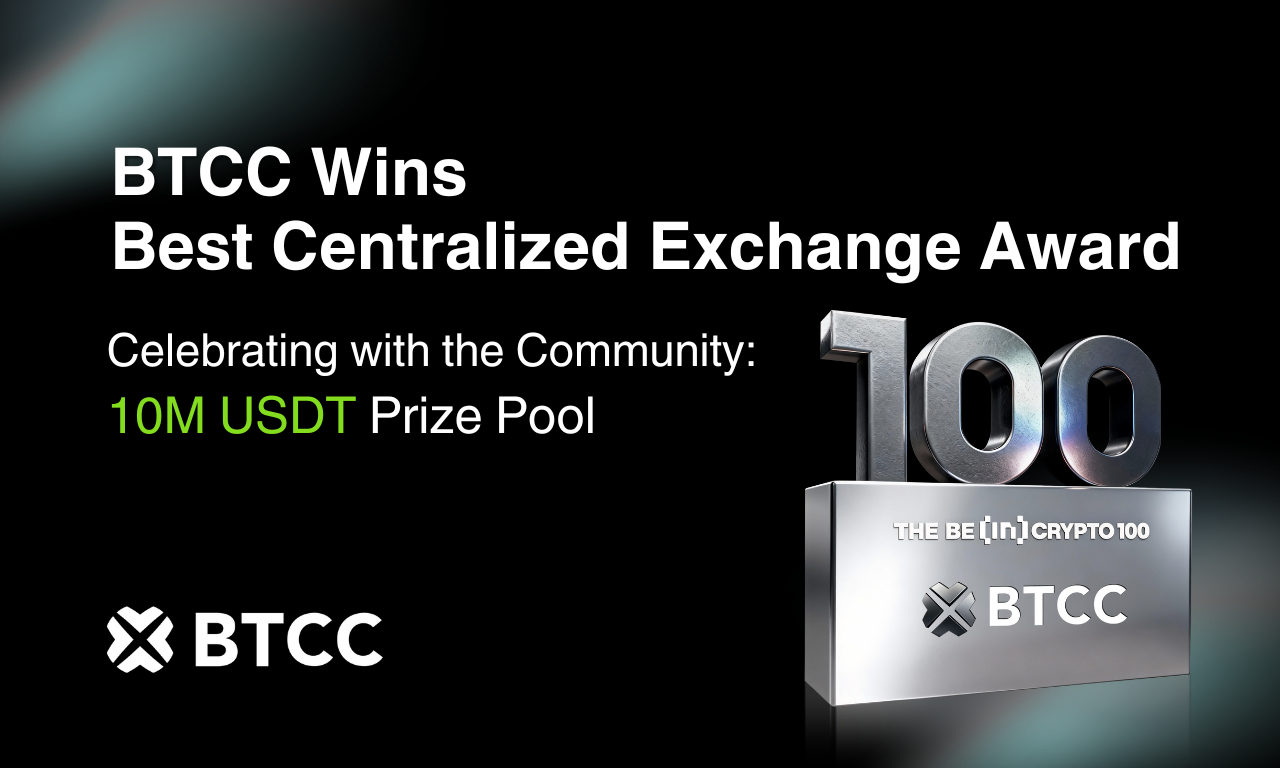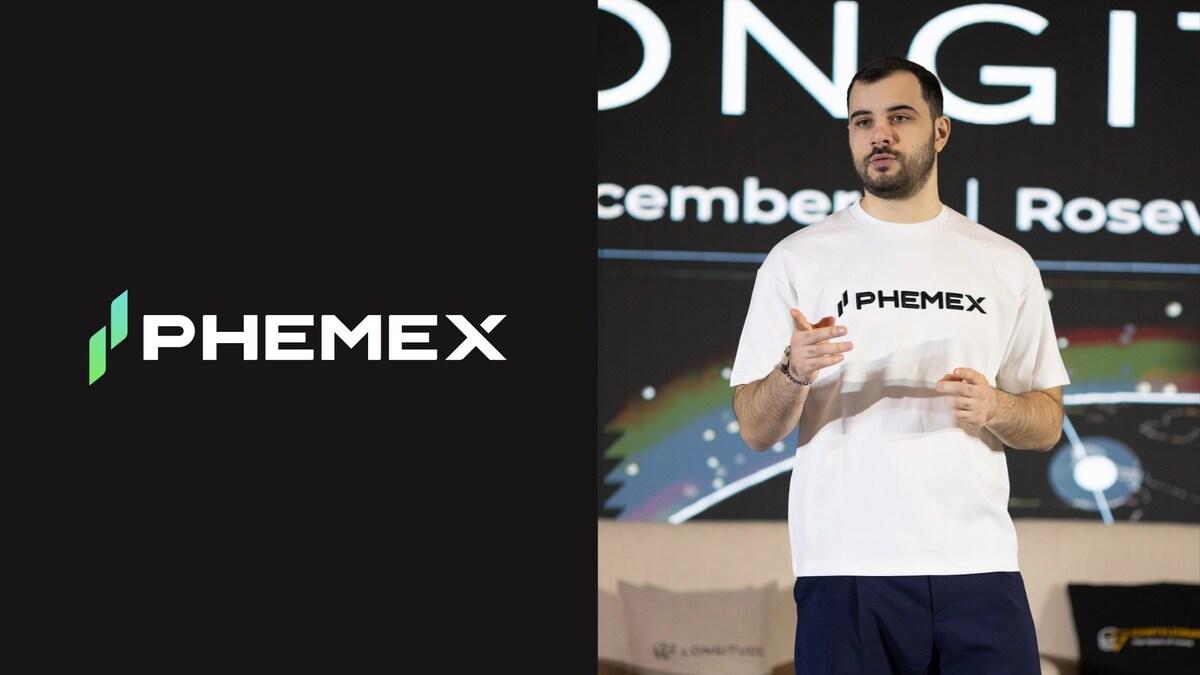- Ink launches INK token with 1 billion supply cap.
- Airdrop targets early liquidity protocol participants.
- INK contributes to Optimism governance and ecosystem growth.
Ink introduces its native token, INK, featuring a 1 billion permanent supply cap, integrating into the Optimism superchain.
The INK token’s launch enhances both user and application layers, fostering participation in the Ethereum L2 ecosystem.
Ink Token Launches, Strengthening Optimism Governance
Ink has launched its native INK token, with a permanent cap of 1 billion units. Kraken leads this Layer 2 network initiative, and the governance remains under the Optimism Superchain. Optimism’s Chief Growth Officer, Ryan Wyatt, expressed enthusiasm, stating Ink’s contribution to Optimism governance as a strategic alignment with industry leaders using the OP Stack.
The new token impacts user and application layers, with the airdrop targeting early liquidity protocol contributors. No further minting will occur through governance, aligning with strategic goals to sustain stability and scalability across the OP Stack-enabled ecosystem.
“We’re excited to welcome Ink to Optimism … Ink will contribute to Optimism governance and drive revenue back to the Optimism Collective as we work together to scale Ethereum.” – Ryan Wyatt, Chief Growth Officer, Optimism, Cointelegraph
Market Potential and Historical Projections for INK
Did you know? Historically, Layer 2 projects under major backers like Kraken show an 80% increase in development activity during the first quarter post-launch, aligning with Ink’s anticipated impact.
CoinMarketCap reports Ink (INK) with a fully diluted market cap of $1.02 million and a 24-hour trading volume of $0.11 million. Despite a recent 10.82% dip in its 24-hour price, the INK token has shown a 99.82% increase over 60 days, signalling potential growth.

According to Coincu research, Ink’s launch could accelerate adoption of Optimism-based apps with expected capital flows from major DeFi platforms. Additionally, favorable regulatory conditions and technological integrations may foster broader institutional engagement, enhancing ecosystem capabilities.
| DISCLAIMER: The information on this website is provided as general market commentary and does not constitute investment advice. We encourage you to do your own research before investing. |























